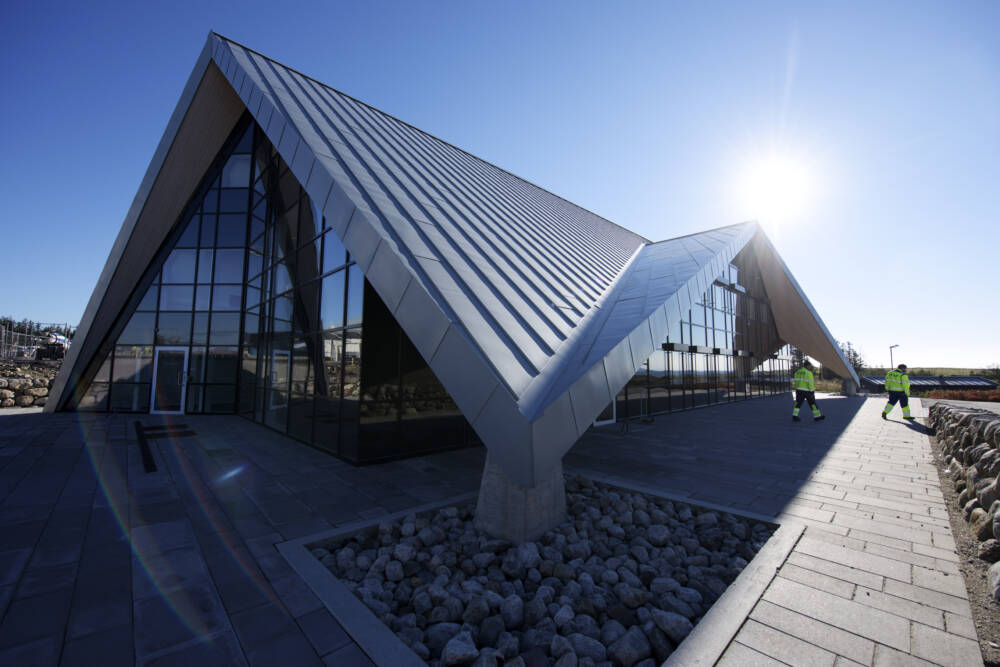Bergen. From April 1, 2022, household food waste from BIR will be shipped to the Grødaland biogas plant in Jæren.
In the municipality of Bergen, separate containers for food waste have been installed at 60 different junctions. By summer, most of the waste will be able to be collected at home addresses.
Where does food waste from households go?
- The energy from the food waste processed in the biogas plant is used and valuable nutrients are returned to the natural cycle, says BIR CEO Borghild Lekve. From an environmental point of view, it is undeniably best if we throw away food as little as possible. We want as many of our customers as possible to benefit from the option of delivering sorted food waste.
– The BIR wants close cooperation with our geographical neighbors in the use of raw materials in the West Norway and we look forward to establishing a good relationship cooperation with IVAR in Stavanger and their biogas plant in Grødaland.
Recycle energy and resources from food waste
Resources of sludge and food waste are used to produce biogas and fertilizers in Grødaland. IVAR works to recover and reuse energy and resources as much as possible, generating approx. 40 GWh. The collection of food waste from municipalities owning BIR may increase this production by 8 GWh.
- I am very glad that IVAR won the contract for the transport and disposal of food waste from BIR household recipients - says Ingrid Nordbø, Director of adm. in IVAR.
– The agreement is strategically important for our commitment to circulation. We use our experience in processing household food waste at our plant in Grødaland. The agreement contributes to good, stable biogas production in Jæren and the overall increase in biogas production in Norway. We are also looking forward to working with the BIR, which is a big one solid waste company in Western Norway.
What is BIR?
BIR AS is one of Norway's largest waste disposal companies. She is responsible for waste management for over 365 inhabitants in seven municipalities owning BIR. The owners of BIR AS are the municipalities of Askøy, Bergen, Bjørnafjorden, Kvam, Osterøy, Samnanger and Vaksdal. The name BIR stands for an intercommunal waste management company in the Bergen area.
What is IVAR?
IVAR IKS is an inter-municipal company dealing with water and sewage management and waste disposal. The purpose of IVAR is the construction and operation of municipal technical devices for water discharge, sewage and waste disposal. IVAR is owned by 12 municipalities; Stavanger, Sola, Sandnes, Gjesdal, Hå, Time, Strand, Hjelmeland, Kvitsøy, Randaberg, Klepp and Suldal, with a total population of approx. 350.
Photo: Biogas plant Grødaland administration building
Source: BIR
We recommend our next article: New alternative proteins for the feed and food industry



